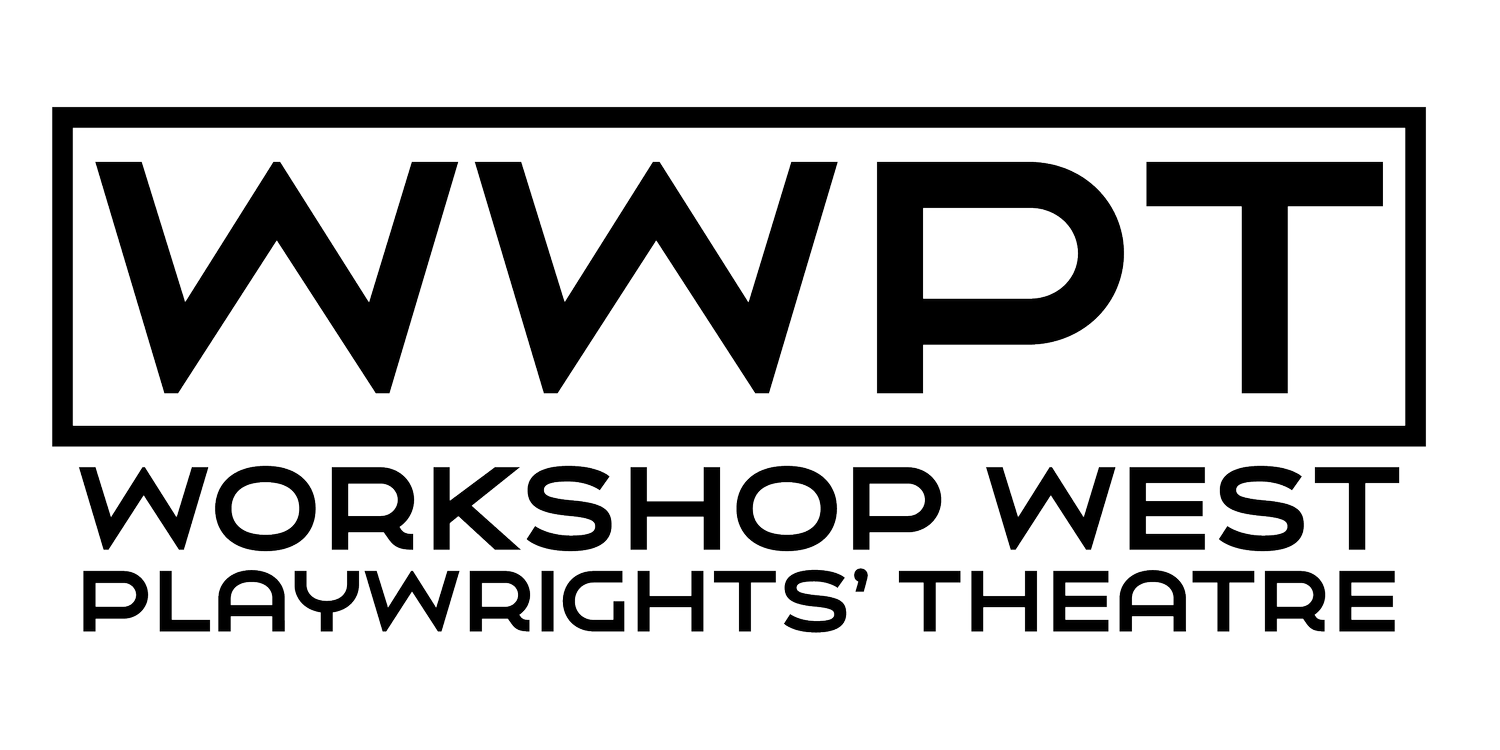Liam Salmon on Torturing Myself with Structure
Liam Salmon (They/Them)
Playwright in the Springboards Festival
I get bored incredibly easily. So, if I ever feel like I’m treading too close to something I’ve already written chances are I’ll lose interest. One way I try to keep my plays fresh is by investigating different kinds of structures or ways of telling a story. You know, to challenge myself, keep myself on my toes, or just to make the whole process a lot harder than it needs to be.
I believe a fundamental way meaning is conveyed in plays is the piece’s structure. I think this is also true for other forms of media. A conventional play where actions happen in a linear format towards an end communicates on a structural level that each event is predicated on the event that came before it, leading to a conclusion that was a result of what happened before.
But that’s not always the case.
I think there are some really interesting plays that mess with structure like Colleen Murphy’s Decemberman that plays the events backwards, so the first scene is the last that happens in a series of events while the first scene is actually the inciting incident. In her work the structure becomes an investigation of ‘how did we get here?’
Another example might be Robert Chafe’s Afterimage where the structure appears to be based around how the central future-seeing character understands time. We move back and forth, and events occur in a nonlinear format organized around how a character seems to be experiencing the events. This structure is an example of emotional structure where the core is that of family, and belonging where one event often ricochets or has resonances from other events.
In my plays, I try and write a different structural concept each time. Subscribe or Like, to be featured in this year’s Springboards Festival, was one that I knew would explode structure in an exciting way. As a foundational principle, I wanted every scene to feel fast. I wanted them to feel like the short videos you watch online. I wanted the structure of the scenes to feel like the media it’s in discourse with.
I also knew I wanted to play with timelines, so there are actually three in this piece.
- The time-place-and-action where Rachel and Miles decide to launch their channel on the internet.
- The archive of the videos they’ve shot together, and the public personas they put on.
- Rachel reflecting back on all of this, trying to find meaning after the fact.
It’s a memory play in a lot ways, but it doesn’t feel like a memory play. And I believe, in this way, the communicated structure reinforces Rachel’s objective: How did we get here and what does it mean?
Structure reinforces meaning, and I do believe even the wildest anti-structural plays need to have some sort of internal logic. Even if the intent is that an audience cannot follow the wild-ness on stage, that’s still an objective that has some sort of structure. It just so happens that the structure would be: random. But in this randomness why is it random? Is it because a character is jumping through dreams and dreams follow impulsive, internal, emotional, abstract logic? Is it because the piece is rebelling against modern western perceptions of drama? Or is it something else?
That’s one thing I love to see in theatre – pieces that are exciting, that offer not only a different way of viewing the world, but a different way of putting the pieces together and understanding it or lack thereof.



